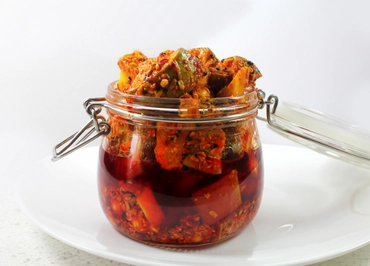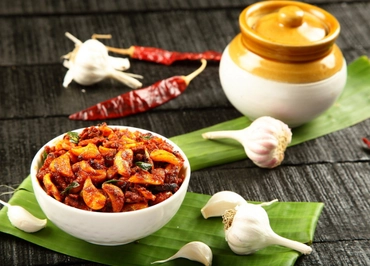There are several advantages to pickling at home. In addition to the benefits of pickling, home preserving also saves money. The following tips will help you get started:
Cooking the vegetables before picking
One of the best ways to use summer produce is by preserving it for later use. Pickled vegetables are a great way to extend their harvest season. These vegetables can be stored for many months in a dark, cool place. They taste great and are healthy for you. Besides, they are easy to prepare. To get started, follow the steps below:
Before you start preserving vegetables, you’ll need pickling salt, also known as canning salt. Use non-iodized salt, as iodized salt will turn your brine cloudy and cause discoloration. Also, choose a salt that doesn’t have additives, as iodized salt may affect the color of the pickles and leave sediment in the jars. When you cook the vegetables before picking, the flavor of the vinegar will improve.
Unrefined sea salts
Using an unrefined sea salt for pickling vegetables can add a distinctive flavor to your pickles. Unlike table salt, which has anticaking agents, sea salt is much more nutrient dense, so it comes closest to the measurements in your recipe. Also, unrefined sea salts contain trace minerals that give pickles a more crisp, crunchy texture.
For starters, unrefined sea salts can be purchased at most health food stores. These salts are derived from the ocean, and are more expensive than table salt. Compared to table salt, they contain trace minerals. Some types of sea salt even contain trace amounts of minerals, like pink Himalayan sea salt. Sea salt is also used interchangeably with table salt and can be used as a finishing salt in grinders.
Spices
Spices add depth and flavor to main components without overpowering the dish. For example, they can enhance subtle flavors of meat, such as venison. Moreover, they can also add complex flavor to stews. Here are a few pickling spice recipes to give your dishes a boost of flavor:
To make your own pickling spice mix, you must first grind a few whole spices together. You can use cloves, cinnamon, allspice berries, and mustard seeds. You can purchase these spices at any grocery store. If you can’t find them in your local store, you can try purchasing them from specialty stores. Besides, you can also use pre-packaged pickling spice. The spice is not only useful when you want to preserve food, it also makes a great gift for friends and family.
Herbs
When preparing pickled herbs at home, you have a variety of choices. Pickles made with herbs are often more flavorful than those purchased at a store. In addition to cucumbers, you can use your own herbs to prepare delicious condiments for sandwiches, salads, and meatball mixtures. Just remember to pickle them thoroughly, so they keep their bright color. You can prepare brine up to one week in advance.
Herbs and spices can be found in almost any grocery store or online. Some varieties are infused with citrus and other flavors. Peppers and paprika powder can be used to add a touch of heat. Dried herbs such as rosemary and thyme are also available. Some people even use a spice mix with dried herbs such as lavender, chives, and oregano. These can be infused into pickles to add more flavor and spiciness.
Storage in the refrigerator
Not all produce should be stored in the refrigerator, though. Different types require different storage methods. Depending on the type, you may want to keep the produce in a cool, dry place like an unheated basement. For soft berries and whole fruits, however, it’s better to leave them unsealed. Read the manufacturer’s instructions carefully to ensure you’re getting the most out of your produce.
Modern refrigerators have a pull-out drawer that you can reach without opening the main door. You should place perishable items in this compartment for longer storage. Use the door shelves for non-perishable items, such as snacks. Keep in mind that the door shelves are unstable and warmer than the rest of the refrigerator, so be sure to keep non-perishable items in the bottom shelves. Keeping the refrigerator door open while moving it may also prevent moisture from penetrating the food and create a moldy environment.


